What Do Cavities Look Like? If you are wondering about the appearance of cavities, also known as tooth decay or dental caries, WHAT.EDU.VN is here to shed light. Discover what cavities look like at different stages and learn how to prevent them with crucial details about tooth erosion, bacterial acids, and safeguarding oral health with key preventive measures. Explore related dental issues, preventative methods, and professional dental advice, all essential for maintaining optimal dental health.
1. What Is A Cavity?
A cavity, also known as tooth decay, is a hole that forms in your tooth. Dental cavities are also called “caries” or “carious lesions.”
Cavities are the result of enamel erosion from the acid produced by bacteria (dental plaque) when they break down food particles. The acid wears away at your enamel, forming a hole.
The good news is that cavities are preventable! By maintaining good oral hygiene, you can remove plaque and prevent acid from attacking your enamel. This means brushing at least twice a day for two minutes and flossing daily. Disrupting the plaque prevents acids from wearing through your enamel and creating a cavity.
2. What Color Are Cavities?
Many people think of cavities as large, black holes in their teeth. However, cavities often begin as white spots. This is caused by demineralization, where the enamel loses minerals and dries out. Over time, stains can cause cavities to appear brown or black as the decay progresses.
Unfortunately, if you can see the cavity and its color, the tooth decay is likely in a moderate to severe stage.
3. What Do Cavities Look Like Initially?
Cavities are not always visible to the naked eye. Often, a dentist will spot a cavity as a shadow on your dental X-ray. Sometimes, early tooth decay can be seen on teeth as small, stained areas on the chewing surfaces of your back teeth that feel “sticky.” Cavities on smooth surfaces are less common but typically appear near the gumline as whitish or brown spots on the enamel. The appearance of the decay changes as it advances.
4. Stages of Tooth Decay and What They Look Like
Here’s a breakdown of the stages of tooth decay and what they look like:
-
4.1. Pre-Cavity (Demineralization)
Demineralization is the earliest stage, occurring before a physical cavity forms. At this stage, the enamel begins to dry out and lose minerals due to acidic plaque bacteria.
These pre-cavities usually appear whiter than the surrounding enamel. A common example is white spots on teeth after braces are removed, indicating areas where plaque wasn’t adequately cleaned around the brackets.
If caught at this stage, enamel demineralization can be reversed, preventing the cavity from forming.
-
4.2. Early Stage Cavity or Tooth Decay
One of the earliest cavities that dentists can detect is on the chewing surfaces of molars and premolars (bicuspids) in the tiny pits and crevices. These tiny holes might be too small for even a toothbrush to clean. Dentists use a thin explorer to feel the surface of the tooth, checking for “sticking,” where the instrument catches in the hole. Brown discoloration might indicate stain buildup. Often, these cavities are not visible without an enlarged intraoral photo or an X-ray.
Dental X-rays typically show only 2/3 to 3/4 of the cavity. Therefore, a small area of tooth decay might exist even if it’s not visible on the X-ray, especially if it’s still within the outer enamel layers.
-
4.3. Tooth Decay Between Teeth
Cavities between teeth usually appear as dark, triangular or conical-shaped shadows on dental X-rays. They are impossible to see with the naked eye, so X-rays are essential for detection. Food particles trapped between the gums and teeth can cause bleeding gums and potentially lead to gum disease.
As these cavities expand, the triangular shapes will reach the next layer of the tooth, becoming larger shadows due to the softer nature of that layer.
-
4.4. Cavity On A Front Tooth
If you have a cavity on a front tooth, you might notice a change in the tooth’s shape. Small openings between your teeth or rough areas next to the gum tissues might appear. Floss might catch, shred, or break when used on the affected area.
These cavities often start white and then turn yellow or brown. A black spot on your front tooth isn’t always a cavity; it might be just a stain or tartar that needs to be cleaned off by a hygienist.
-
4.5. Cavity On A Molar or Wisdom Tooth
Molar (back teeth) cavities are hard to spot on your own because of their location in the mouth. These cavities usually occur on the chewing surface in the grooves and pits or between the teeth. It’s almost impossible to know you have one without a dentist’s checkup and X-rays. Even if you see a brown area, it might just be a stain inside the grooves.
If you feel food getting caught in your back teeth or floss shreds in certain areas, there’s a high chance of a cavity in that molar.
-
4.6. Baby Teeth Cavity
Any baby, infant, or toddler with teeth is at risk of cavities. Tooth decay in baby teeth can spread very quickly, even faster than in adult teeth. Because baby teeth aren’t as dense, any areas of erosion or demineralization can quickly become cavities. Untreated cavities can spread deeper into the tooth, causing a dental abscess and potentially “jump” to adjacent teeth.
5. What Does A Bad Cavity Look Like?
Advanced stage cavities, also called “gross caries,” involve severe tooth decay where you can visibly see hollowed-out areas inside the tooth. Food might get caught in it, you might feel rough edges with your tongue, or parts of your tooth might break off when you bite down.
On a dental X-ray, a severe cavity will create a shadow that comes close to the nerve in the middle of your tooth. If you don’t already have a dental abscess, you’re likely to develop one soon.
6. Stages Of Tooth Decay
Cavities are generally classified into four stages:
-
6.1. Demineralization
This is the initial stage where the cavity starts to form, and the tooth loses minerals. Catching a cavity at this stage allows you to “reverse” it before a hole forms.
-
6.2. Tooth Enamel Decay
After a hole forms in the tooth, it’s crucial to catch the decay while it’s still in the outermost enamel layer. Enamel is dense, and treatment at this stage is minimally invasive. Untreated decay will continue to grow until it reaches the dentin layer.
-
6.3. Dentin Decay
If a cavity goes untreated, it will eventually break through the enamel into the dentin layer. At this point, treatment is needed quickly because the decay will spread rapidly.
-
6.4. Nerve Involvement
Untreated cavities that reach the dentin will eventually contact the nerve in the middle of the tooth. A root canal will be necessary to avoid tooth loss. Dental implants and other options are recommended for any missing tooth.
7. How Do I Spot Cavities On My Teeth?
It’s very difficult to spot a cavity on your own. Regular checkups with a dentist are essential. Cavities often start in places that are impossible to see or feel without special tools or X-rays. Your dentist can spot cavities early, allowing you to receive a small filling instead of more extensive treatments like a crown or root canal.
8. Symptoms of Cavity
Cavity symptoms vary depending on the stage and the affected tooth. Sometimes, cavities cause no symptoms and are only visible on dental X-rays. Symptoms of worsening tooth decay include:
- Sudden tooth pain or a toothache
- Sensitive teeth
- Discolored or dark spots
- Bleeding gums
- Bad breath
- Pain when eating sugary foods
- Gum disease
Severe tooth decay occurs when several permanent teeth experience cavities that advance beyond repair. This can happen gradually over time, quickly on the chewing surfaces, or in the spaces between teeth. Deep cavities located on the molars can lead to pain or infection.
9. What Does A Cavity Look Like On An X-Ray?
Cavities appear “radiolucent” on dental X-rays. This means that the X-ray beams pass through them due to the loss of density, resulting in a dark shadow on the tooth.
Dentists can spot these shadows in areas where they shouldn’t be, indicating the presence of a cavity.
Tooth decay in the enamel usually has a triangular/wedge/conical shape. Once it gets deeper, it appears as a larger shadowy, dark area below the enamel.
Regular X-rays taken by your dentist allow for comparison of images over time, helping you “see” the cavity for yourself.
10. Cavity vs. Stains
A common misconception is that cavities cause visible tooth stains or discoloration. Most black or brown spots on teeth are usually due to buildup on the outside of the enamel. Stains can come from dark liquids like coffee or tea, while tartar buildup absorbs stains from foods and drinks.
Black or brown spots from stain and tartar can usually be polished off by your dental hygienist during your cleaning appointment. Cavities, however, remain and continue to expand until removed and filled by your dentist.
11. How To Prevent Cavities
The best ways to prevent cavities and tooth decay are to:
- Practice excellent oral hygiene, including daily flossing, using an electric toothbrush, and using fluoride toothpaste.
- Schedule regular checkups with your dentist to catch tooth demineralization early or cavities when they’re small.
- Avoid sugary liquids throughout the day, such as soda, coffee creamer, sports drinks, and sweet tea.
- Drink plenty of water.
- Supplement with fluoride as directed by your dentist.
- Modify your oral hygiene routine as recommended by your dental hygienist.
Always use dental products such as mouthwash, toothpaste, and floss that have been evaluated and verified for quality and have received The Seal of Acceptance from the American Dental Association.
12. Talk With Your Dentist
Don’t wait for a cavity to hurt before visiting a dentist. Tooth decay may not cause pain or tooth sensitivity. It’s possible to have moderate to severe cavities without any discomfort. To be certain, have your dentist perform X-rays and provide a proper diagnosis.
Plan routine oral health exams and cleanings at least once every six months. These checkups allow your dentist to intercept cavities while they’re smaller, more affordable to treat, and structurally less invasive to your tooth. Ask your dentist about cavity prevention fluoride treatments and recommendations on fluoridated toothpaste. If you don’t visit the dentist regularly, now is a great time to start!
13. Still Have Questions? Ask WHAT.EDU.VN!
Do you have more questions about cavities, oral health, or anything else? Don’t hesitate to ask WHAT.EDU.VN. We provide a free platform where you can get your questions answered quickly and accurately.
14. Understanding Dental Caries: Frequently Asked Questions
To provide a comprehensive understanding of dental caries, here are some frequently asked questions:
| Question | Answer |
|---|---|
| What are the primary causes of cavities? | Cavities are primarily caused by a combination of factors, including poor oral hygiene, frequent consumption of sugary and acidic foods and drinks, and the presence of bacteria in the mouth. |
| How quickly can a cavity develop? | The rate at which a cavity develops varies. Early stages of demineralization can occur within weeks, while more advanced cavities may take months or even years to form, depending on oral hygiene habits and diet. |
| Are some people more prone to cavities? | Yes, certain individuals are more susceptible to cavities due to factors such as genetics, saliva production, enamel strength, and underlying health conditions. People with dry mouth or those who have a high sugar intake are at higher risk. |
| Can cavities heal on their own? | In the very early stages of demineralization, it is possible to reverse or stop the progression of a cavity through improved oral hygiene and fluoride treatments. However, once a cavity has formed a hole in the tooth, it requires professional dental treatment. |
| What are the treatment options for cavities? | Treatment options for cavities vary depending on the severity. They include fluoride treatments for early demineralization, fillings for small to moderate cavities, crowns for extensive decay, and root canals for cavities that have reached the tooth’s pulp. |
| How can diet affect cavity formation? | A diet high in sugar and acidic foods promotes cavity formation by providing fuel for bacteria to produce acid, which erodes tooth enamel. Frequent snacking and sipping on sugary beverages throughout the day also increase the risk. |
| Is flossing really necessary to prevent cavities? | Yes, flossing is crucial for removing plaque and food particles from between teeth, where a toothbrush cannot reach. This helps prevent cavities from forming in these hard-to-reach areas. |
| Can cavities cause other health problems? | Untreated cavities can lead to pain, infection, and even tooth loss. In severe cases, the infection can spread to other parts of the body, causing serious health complications. |
| Are there any natural remedies for cavities? | While good oral hygiene and a healthy diet are essential, there are no natural remedies that can effectively treat an existing cavity. Professional dental treatment is always necessary. |
| How often should I visit the dentist for cavity prevention? | Regular dental check-ups are recommended at least once every six months for early detection and prevention of cavities. Your dentist can assess your oral health, provide professional cleaning, and offer personalized advice on maintaining good oral hygiene. |
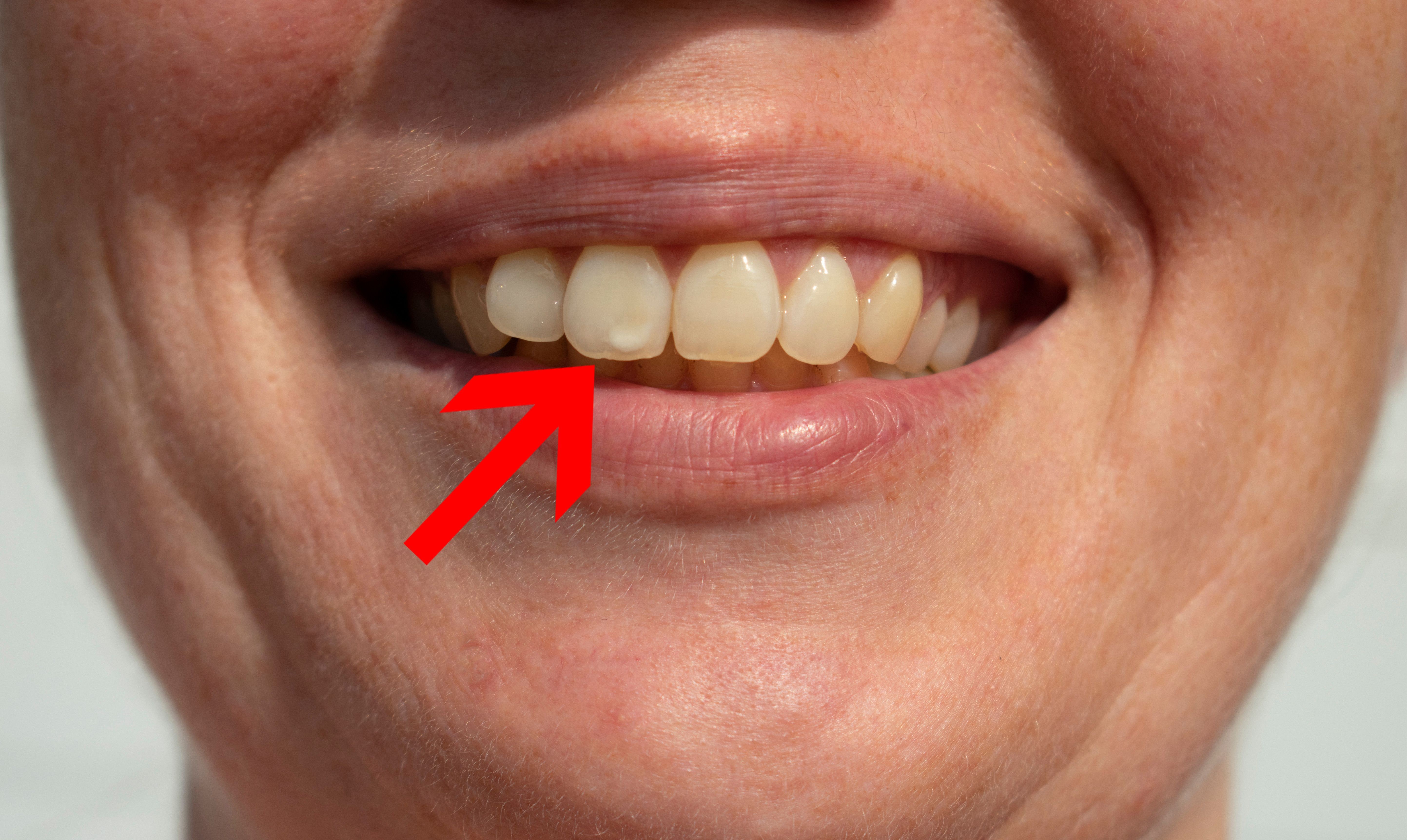
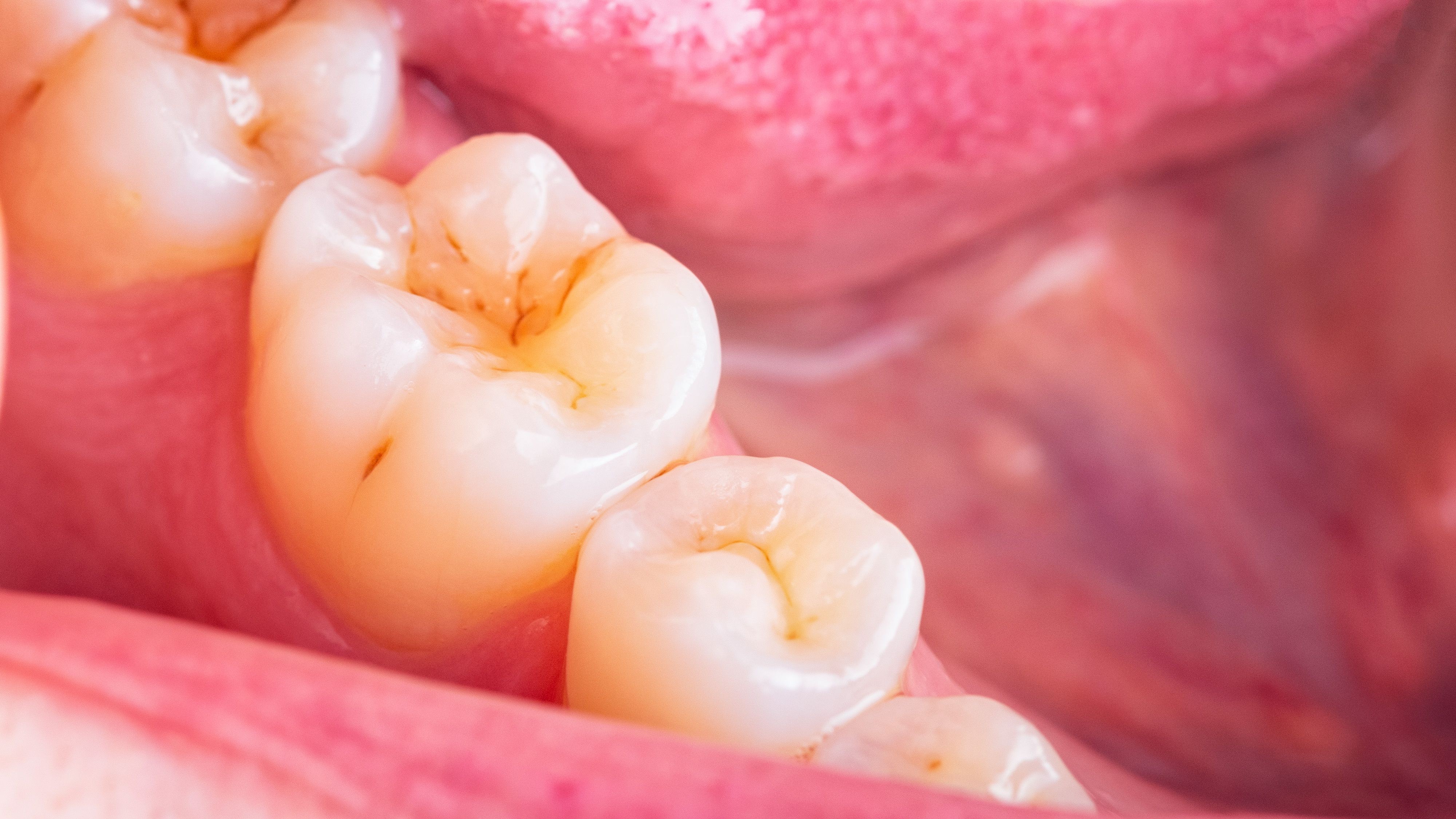
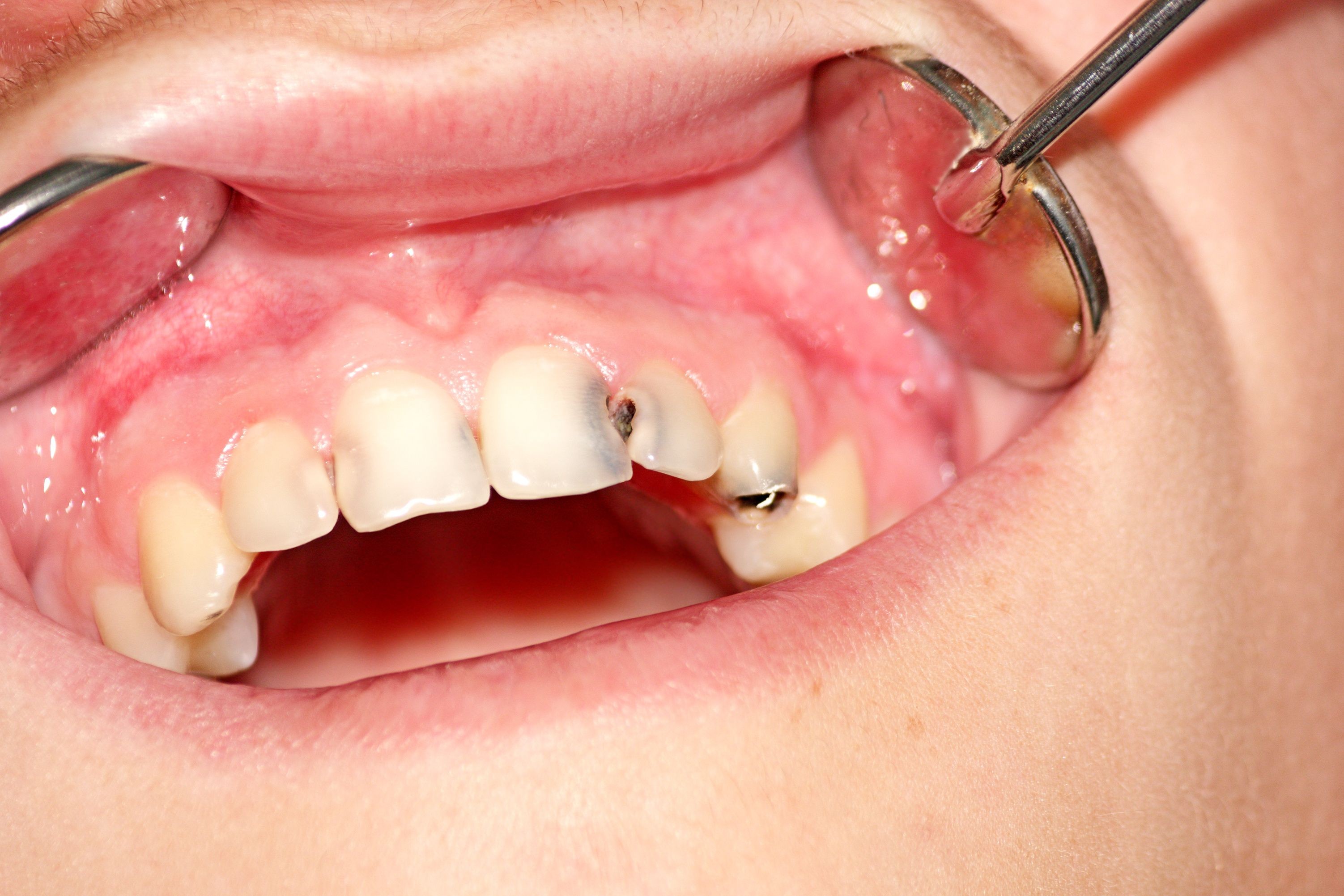
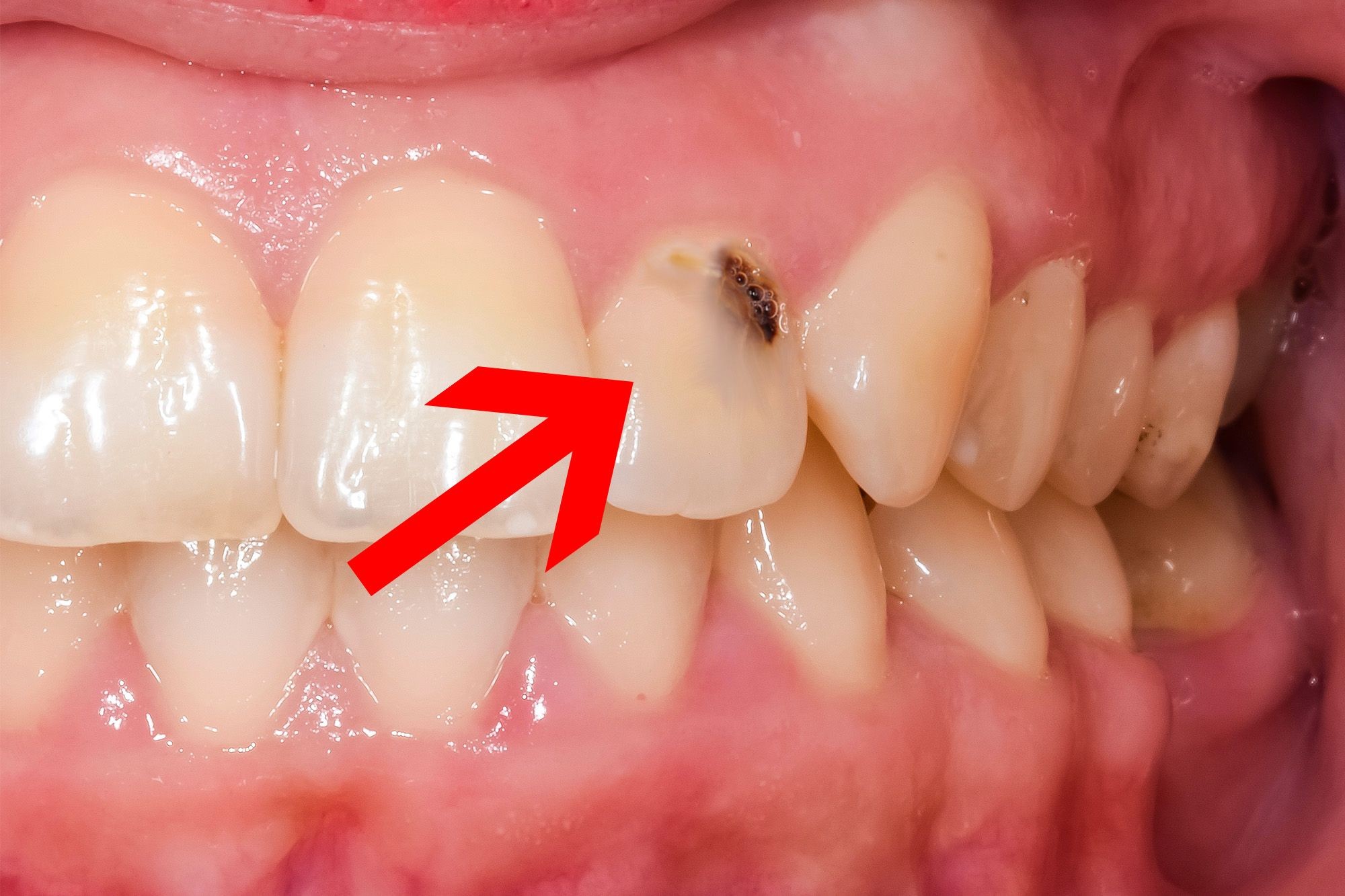
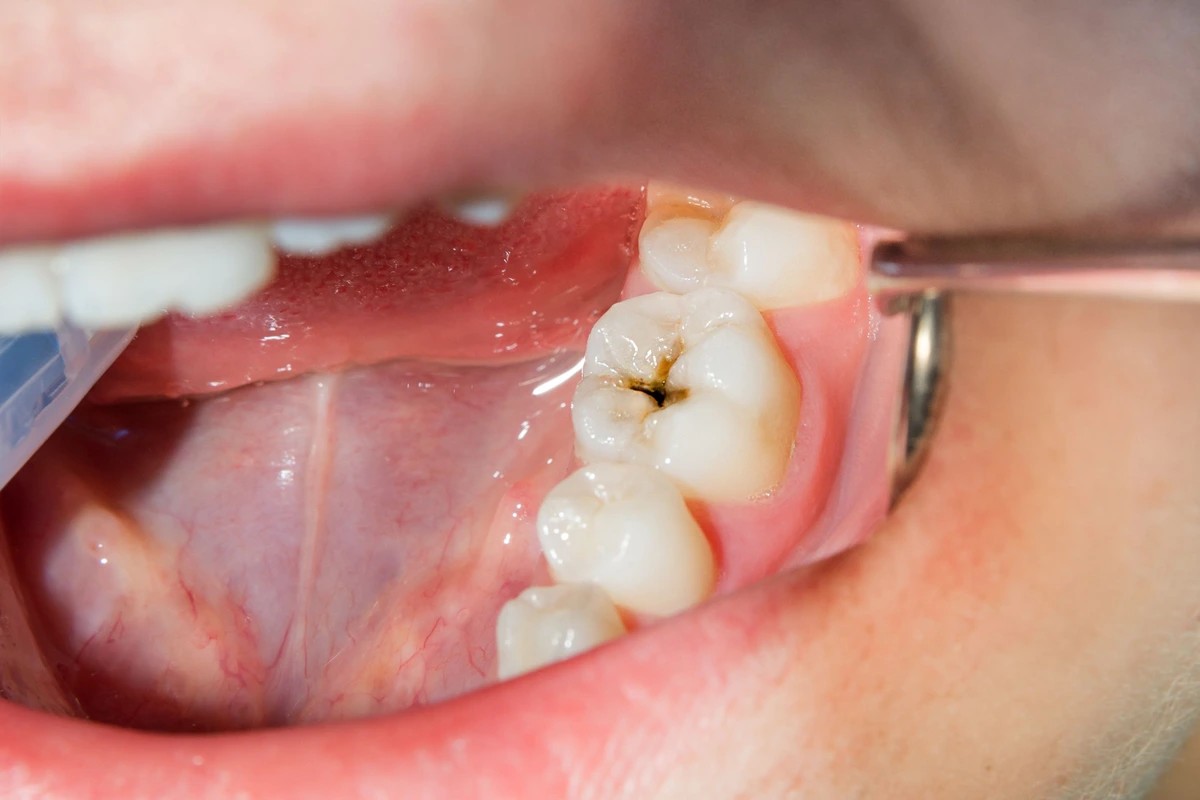
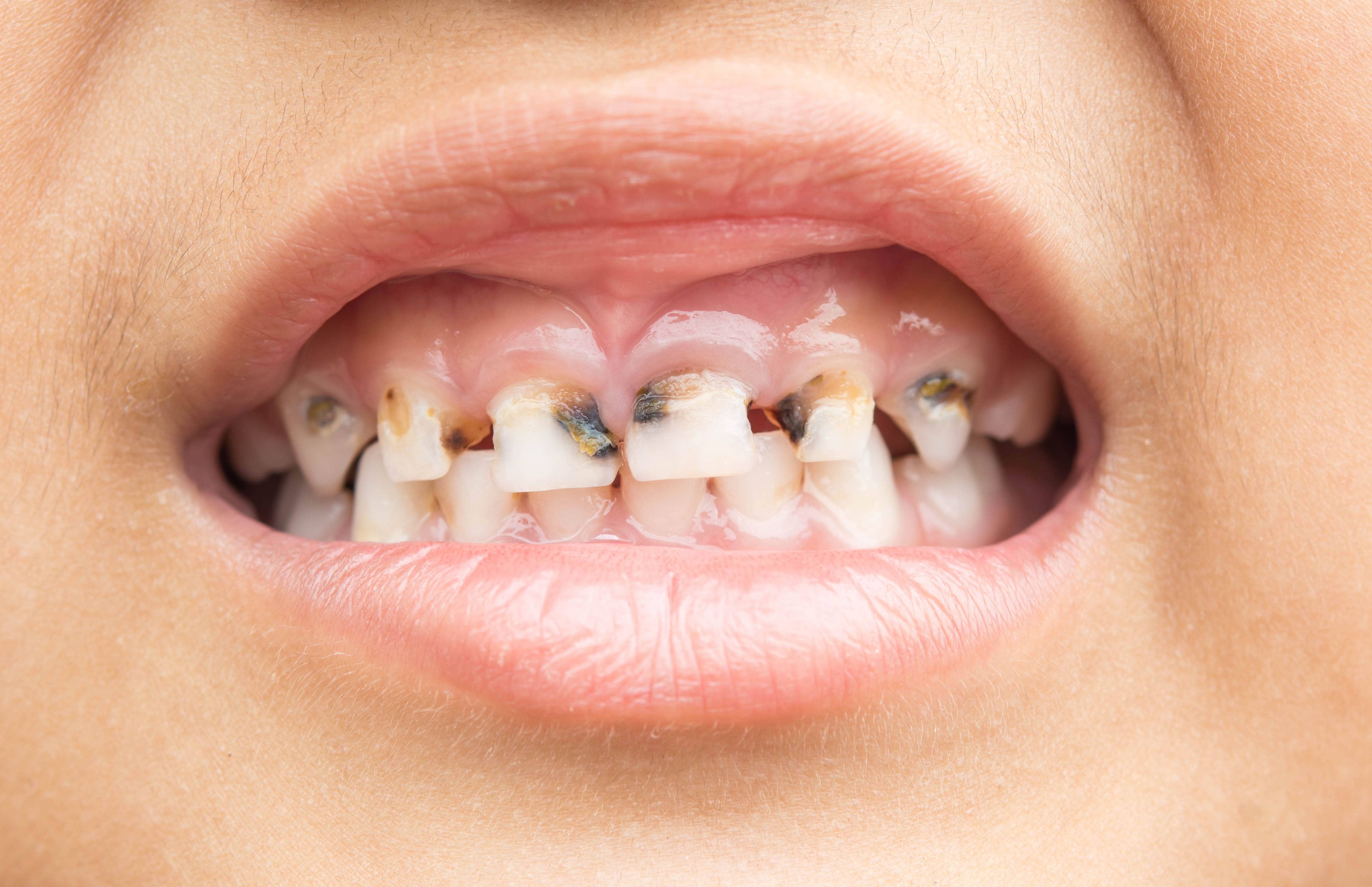
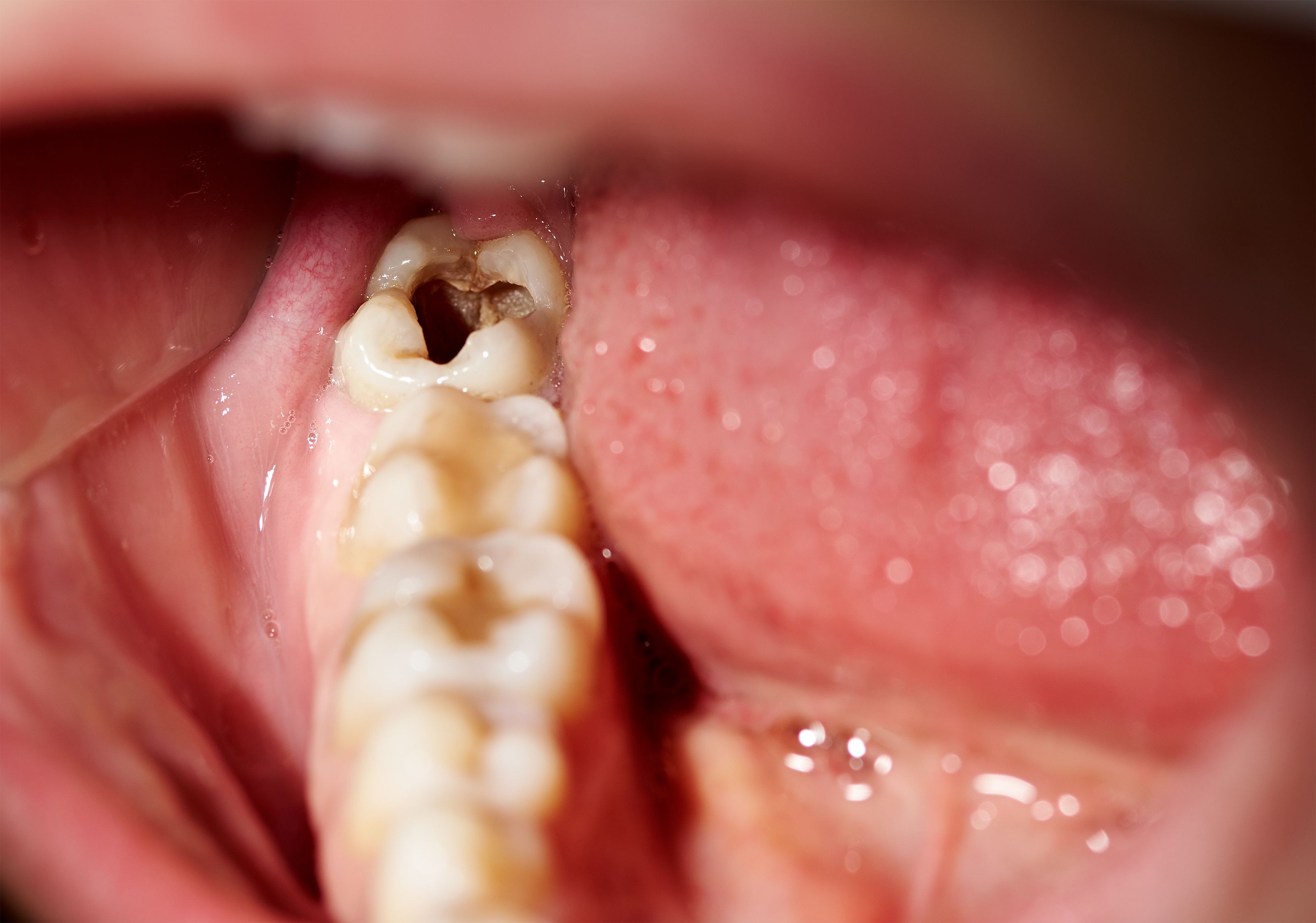
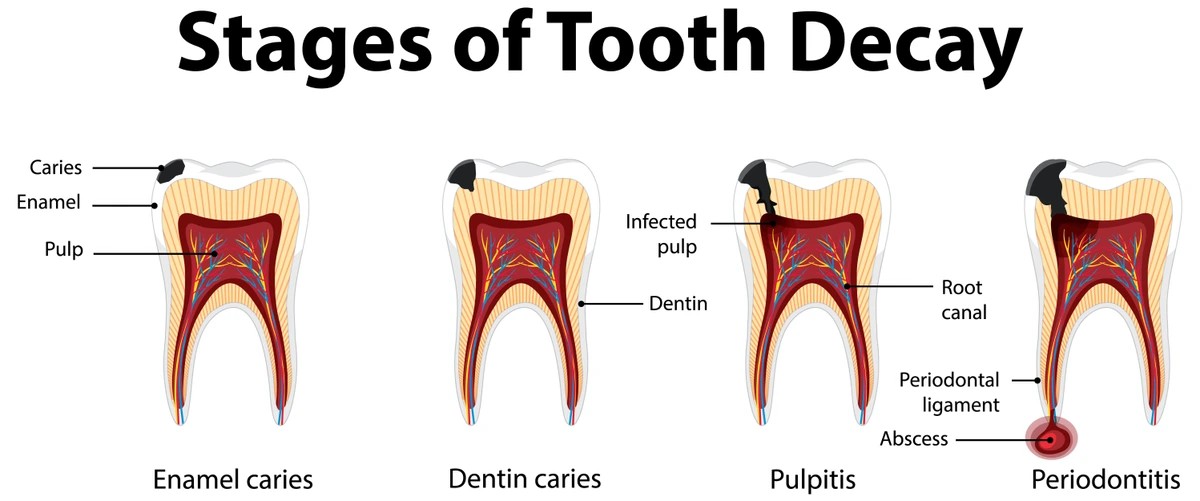
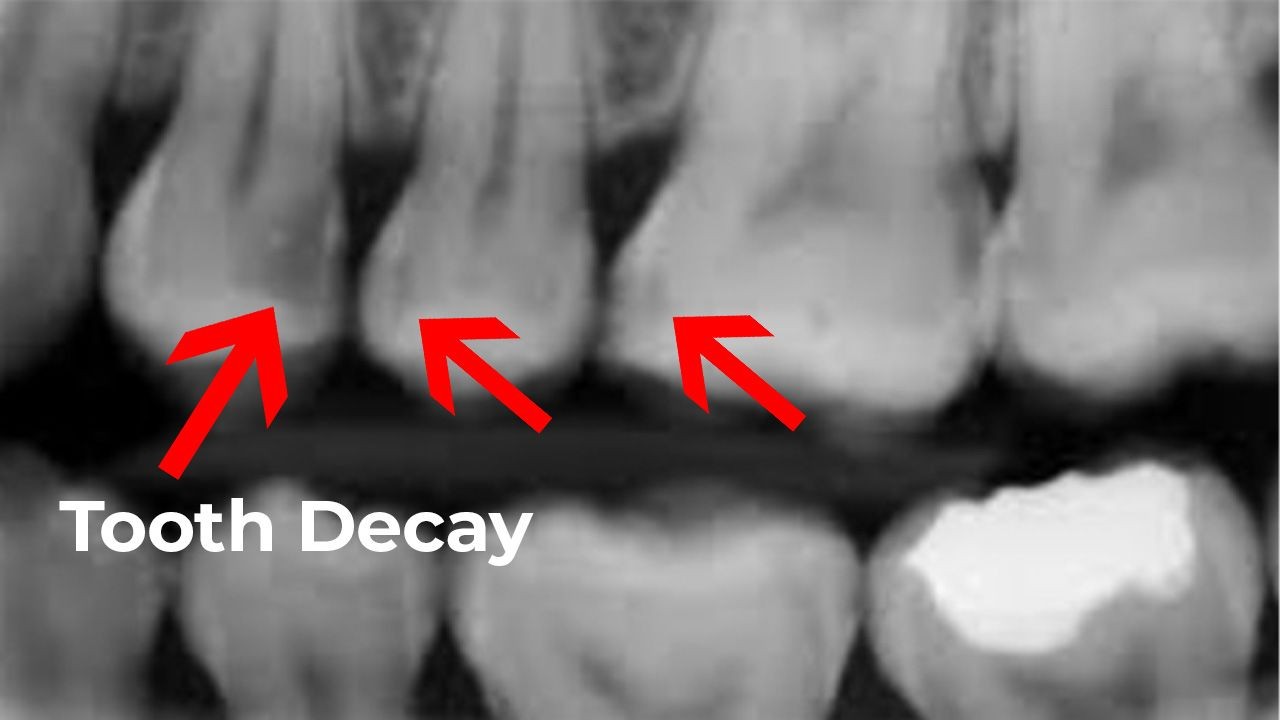
Don’t let questions about cavities linger! Visit WHAT.EDU.VN today and get the answers you need to keep your smile healthy and bright. We are located at 888 Question City Plaza, Seattle, WA 98101, United States. Contact us via Whatsapp at +1 (206) 555-7890 or visit our website WHAT.EDU.VN.
The information provided on what.edu.vn is intended for general knowledge and informational purposes only, and does not constitute medical advice. It is essential to consult with a qualified dental professional for any health concerns or before making any decisions related to your health or treatment.